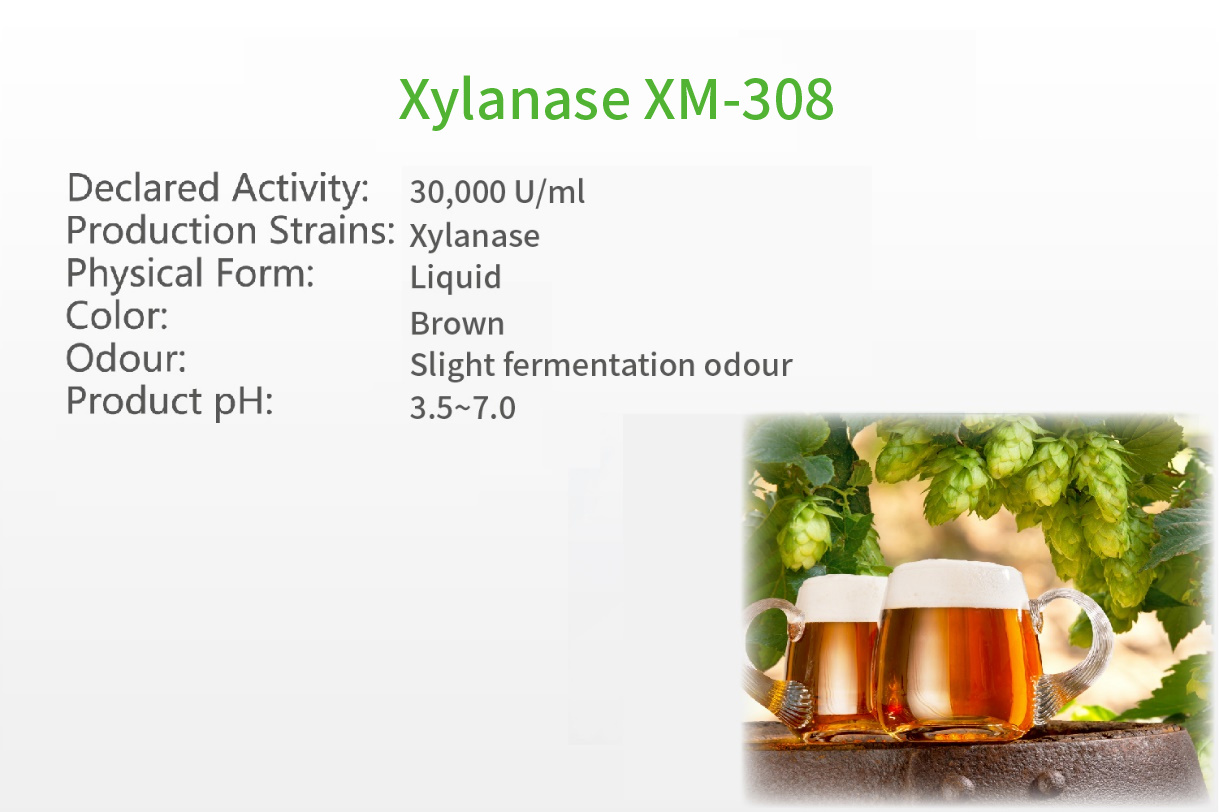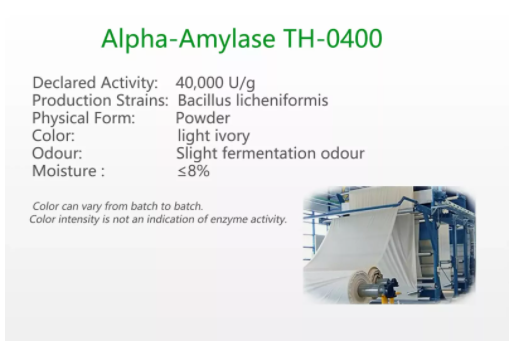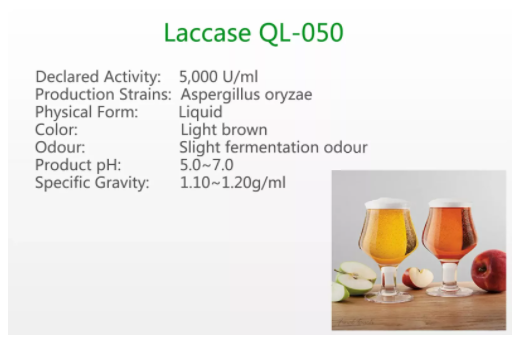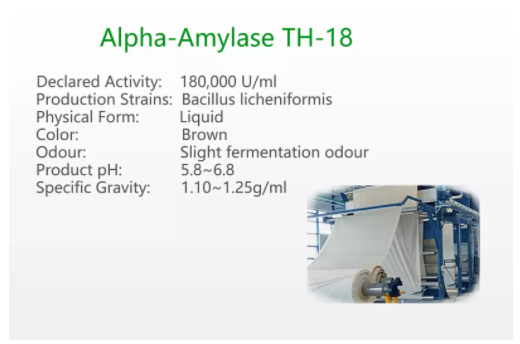Products
Contact us
Edna Yang
Tel: +86-510-8525-9383
Cell: +86-151-5221-3005
Email: edna.yang@bolibio.com
Jiangsu Boli Bioproducts Co.,Ltd.
Add: 93 Yangzhou Road, Jiangyan Economic Development Zone, Jiangsu 225500, China
Jiangsu Boyang Bioproducts Co., Ltd.
Add: 30 Tongwang Road, Nantong Economic Development Zone, Jiangsu 226010, China
Alpha-amylase HT-0400 (Thermostable)
DESCRIPTION Heat stable Alpha-Amylase HT-0400 is a powder enzyme preparation derived from Bacillus licheniformis through submerged fermentation and refining extraction process. It is an endoamylase which can rapidly decrease the viscosity of gelatinous starch solution by randomly hydrolyzing starch, glycogen and its degradation products within the alpha-D-1, 4 glucosidic bonds to produce soluble dextrin and oligosaccharides.
Category:
Product Description
| Declared Enzyme: | Alpha-Amylase |
| Systematic Name: | EC 3.2.1.1, 1,4-α-D-glucan glucanohydrolase |
| Activity: | 40,000 U/g (minimum) |
| Appearance: | Light ivory powder |
| Moisture: | 8% (Maximum) |
HT-0400 is active over a wide pH range, depending on the application. The effective pH range is 5.2~6.5. For maximum activity, the optimal pH for HT-0400 is 5.4 to 6.0. The exact pH optimum depends on actual processing conditions, including temperature, substrate concentration and time.
For interval liquefaction, the optimum temperature of HT-0400 is above 90°C. It liquefies starch substrates promptly at 95 to 97°C and maintains highly active at 100°C. For consecutive liquefaction, HT-0400 demonstrates exceptional thermal stability at a temperature range from 105 to 110°C, maintains its stability for 5 to 7 minutes and keeps on liquefying efficiently.
Copper, titanium, and cobalt irons are moderate inhibitors for HT-0400 whereas aluminum, lead and zinc ions act as strong inhibitors.
In general, first adjust the pH to 5.4∼6.0 and then add calcium 20 to 50 ppm before adding HT-0400. Calcium is not needed when tap water is used. After the enzyme is added, heat the slurry to liquefy.Dosage of HT-0400 depends on the actual situation such as starch, substrate concentration and other processing conditions. To optimize the dosage, it is recommended to conduct a number of liquefaction trials prior to routine use of this product. A good starting point for dosage rate is 0.20 to 0.50kg/TDS.
- HT-0400 is packaged in 25kg cardboard drums or kraft paper bags. Customized packaging is available upon request.
- Typical shelf-life is twenty-four months if this product is stored below 25°C in its original packaging, sealed and unopened, protected from the sunlight.
- Prolonged storage and/or adverse conditions such as higher temperatures may lead to a higher dosage requirement.
Previous
Next
Previous
Next
Online message






















